
Divine Words
Year: 1987
Runtime: 107 mins
Language: Spanish
Director: José Luis García Sánchez
Set in early‑20th‑century Galicia, this Valle‑Inclán drama follows the sacristan’s wife, who, desperate to lift her family from poverty, exploits a hydrocephalic child as a sideshow attraction. Her ruthless scheme provokes a fierce clash with her sister‑in‑law, exposing the harsh social realities of the time.
Warning: spoilers below!
Haven’t seen Divine Words yet? This summary contains major spoilers. Bookmark the page, watch the movie, and come back for the full breakdown. If you're ready, scroll on and relive the story!
Divine Words (1987) – Full Plot Summary & Ending Explained
Read the complete plot breakdown of Divine Words (1987), including all key story events, major twists, and the ending explained in detail. Discover what really happened—and what it all means.
In the province of Galicia, circa 1920, the film unfolds in the impoverished village of San Clemente, where religious authority has collapsed into the hands of the sacristan Pedro Gailo, and his young wife Mari Gaila, Ana Belén, endures a brittle, money-fueled marriage. With a hydrocephalus-stricken child under their care, the couple turns the child into a source of income, a bedrock on which Mari Gaila builds a hustler’s life. The power dynamic is stark: Pedro’s outward piety masks a sharp hunger for wealth, while Mari Gaila dances on the edge of moral collapse, her gaze fixed on escape from the village and a life far removed from the prying eyes of San Clemente.
Mari Gaila’s leverage is strengthened by the joint guardianship she shares with her sister-in-law, Marica, Aurora Bautista. The pair navigate a world that rewards audacity, even as it shames vulnerability. Into this precarious ecosystem wanders another beggar, a woman nicknamed “la Tatula,” whose presence signals the arrival of outsiders who can haze the borders between poverty and performance. The figure of Rosa la Tatula, portrayed by Esperanza Roy, embodies the carnival-like blur between need and spectacle that the village culture treats as entertainment.
Driven by a mix of longing and calculation, Mari Gaila ventures toward the nearest city, stepping into a landscape filled with music, markets, and people who move with a confidence she has never known. The city offers her a taste of a wider world—one that jingles with possibility and danger in equal measure. Among the flourishing fairs and the bustling roads, she becomes a magnet for other nomadic beggars and unscrupulous players who are drawn to her new wealth. One such figure is Septimo Miau, Imanol Arias, a handsome outlaw whose presence unsettles the delicate balance Mari has constructed.
A brief, charged flirtation with Septimo Miau pulls Mari Gaila deeper into a life that seems to promise freedom but veers toward risk. She returns to her village not empty-handed but transformed, the town suddenly aware of her wealth and the broader horizons she now claims. The relationship with Septimo rekindles, and the two lovers rekindle their plan to run away together, using the hydrocephalus child as a bizarre, movable exhibit to extract sympathy—and money—from sympathetic crowds. Yet the joy is short-lived. While the lovers compose themselves in a forest, locals feed the child alcohol at a tavern, and the child dies in a tragedy that exposes the fragile seam between charity and exploitation.
Septimo Miau deserts Mari Gaila, leaving her diminished and ill, a shadow of the audacious woman who left San Clemente with stars in her eyes. The sacristan Pedro Gailo, never one to let a tragedy go unutilized for personal gain, seizes on the body of his nephew and stages a grotesque display—the corpse becomes a vehicle for shock and profit, a chilling tableau that underscores the village’s hunger and depravity. The rescue of the lovers comes later, as Rosa la Tatula reappears as a broker of loyalties, and the two lovers meet again in a forest, their passion reignited but now entangled with fear and vengeance.
Caught in the crosscurrents of gossip, judgment, and desperation, Mari Gaila is finally stripped of dignity—naked, spat upon, derided, and stoned by a crowd whose brutal instinct seems to reflect their own losses and resentments. The crowd’s “justice” is interrupted by a chilling liturgy of mercy as Pedro Gailo speaks the Latin phrase, “Let him who is free of sin cast the first stone,” and the crowd disperses, momentarily stupefied by the irony of its own actions. In that moment, the film probes the contradiction at the heart of a community that monologues about virtue while devouring its weakest members.
What follows is a meditation on moral complexity, poverty, and the claustrophobic pressures that drive people to make, and unmake, themselves in a world that rewards cunning over compassion. The story revels in its own ambivalence: Pedro remains, at least outwardly, a saintly figure, offering forgiveness and maintaining a pose of pious authority, while Mari Gaila, burned by accusation and spectacle, emerges as someone too lucid and too fragile to be easily categorized as merely virtuous or immoral. The film closes on a note of sober reflection: a village that has learned too late the cost of its own hypocrisy, a community of downtrodden people who dream of escape but find themselves trapped in a cycle of gossip, hunger, and small, stubborn resentments.
Let him who is free of sin cast the first stone
In this environmental canvas, the characters move through a social ecosystem that is at once intimate and sprawling, a place where every gesture—whether a beggar’s plea, a sacristan’s ledger, or a love affair—carries a weight of consequence. The film is a study in contrasts: the austere, ritualized world of San Clemente versus the riotous, unpredictable pulse of the outside world; a marriage defined by economic necessity, and a romance attempted at the price of public scorn. As the crowd disperses, the narrative lingers on the ambiguous moral weather of the village: the honest and the corrupt, the hurt and the cunning, all caught in a liminal space where the line between virtue and vice is both blurred and perpetually renegotiated. The final image is less a revelation than a question—of how a society chooses to remember its faults, and whether forgiveness can survive the harsh glare of a community that has learned to profit from its own vulnerabilities.
Last Updated: October 09, 2025 at 14:36
Unlock the Full Story of Divine Words
Don't stop at just watching — explore Divine Words in full detail. From the complete plot summary and scene-by-scene timeline to character breakdowns, thematic analysis, and a deep dive into the ending — every page helps you truly understand what Divine Words is all about. Plus, discover what's next after the movie.
Divine Words Timeline
Track the full timeline of Divine Words with every major event arranged chronologically. Perfect for decoding non-linear storytelling, flashbacks, or parallel narratives with a clear scene-by-scene breakdown.

Similar Movies to Divine Words
Discover movies like Divine Words that share similar genres, themes, and storytelling elements. Whether you’re drawn to the atmosphere, character arcs, or plot structure, these curated recommendations will help you explore more films you’ll love.
Explore More About Movie Divine Words
Divine Words (1987) Scene-by-Scene Movie Timeline
Divine Words (1987) Movie Characters, Themes & Settings
Divine Words (1987) Spoiler-Free Summary & Key Flow
Movies Like Divine Words – Similar Titles You’ll Enjoy
Divine Love (2020) Story Summary & Characters
The Divine Order (2017) Detailed Story Recap
Divine Access (2016) Movie Recap & Themes
Day of Wrath (2006) Story Summary & Characters
Bellas durmientes (2001) Spoiler-Packed Plot Recap
Don de Dios (2005) Detailed Story Recap
The Divine Comedy (1991) Ending Explained & Film Insights
Beyond the Walls (1985) Film Overview & Timeline
Akelarre (1984) Complete Plot Breakdown
Blood and Passion (1976) Detailed Story Recap
The Divine Woman (1928) Story Summary & Characters
Divine (1998) Full Summary & Key Details
Divine Confusion (2008) Ending Explained & Film Insights
Suspiros de España (y Portugal) (1995) Ending Explained & Film Insights
Doña Diabla (1950) Detailed Story Recap



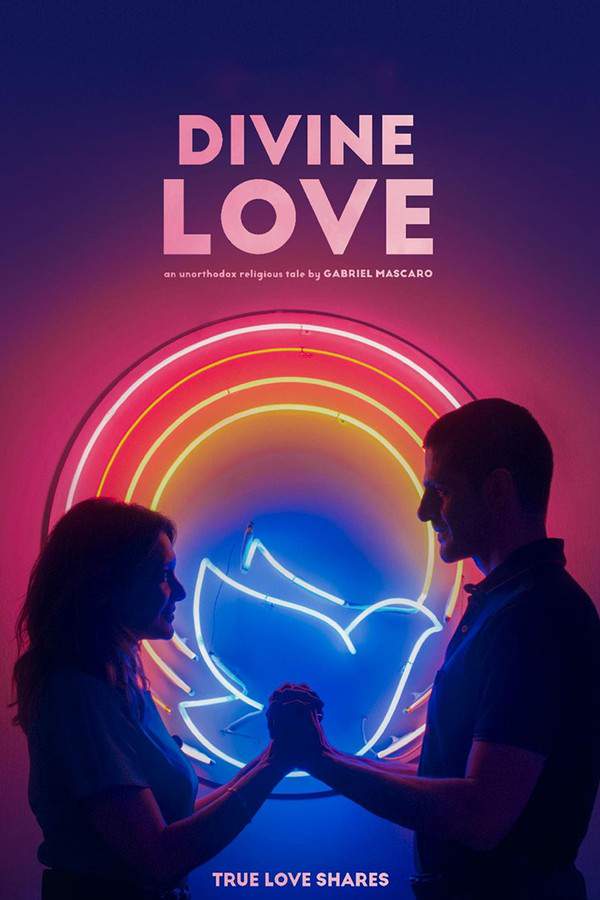
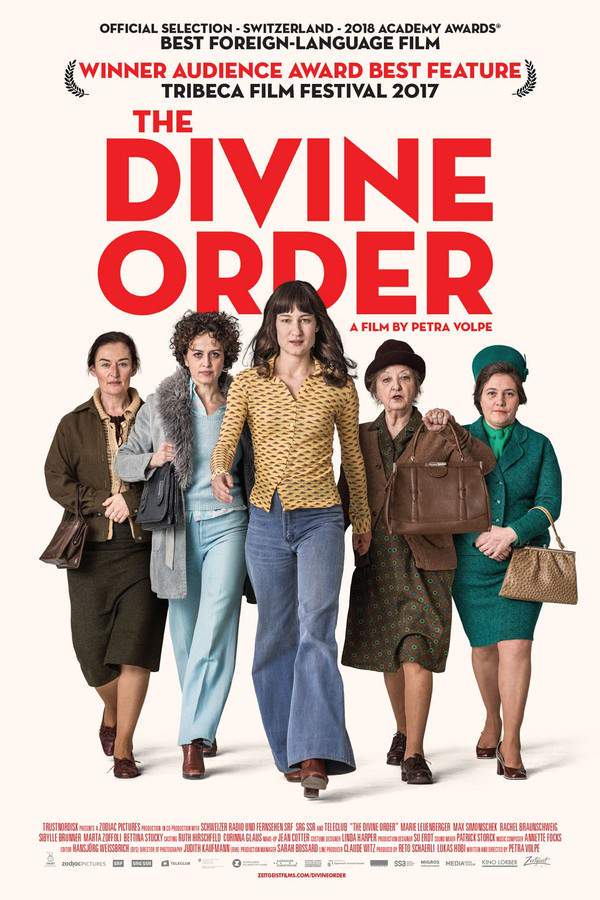
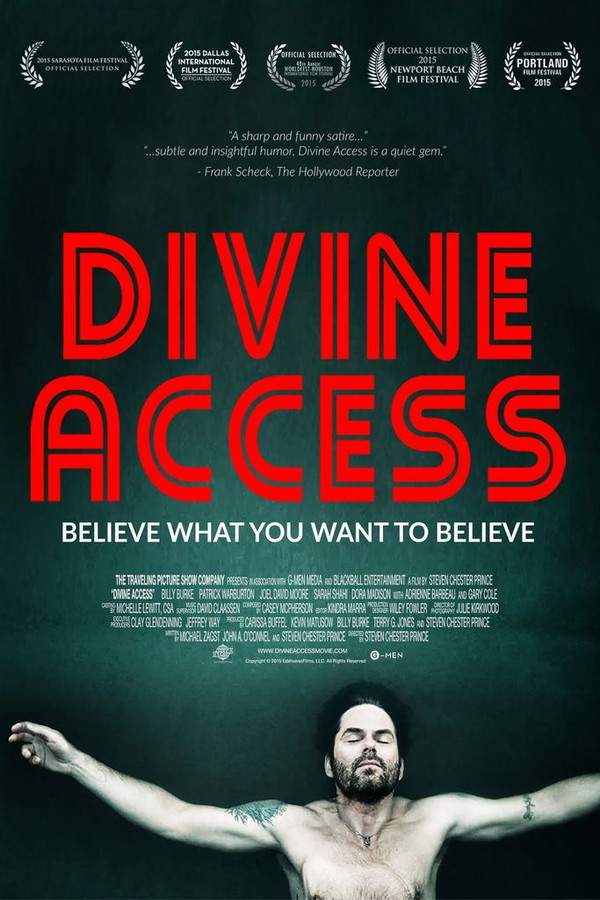





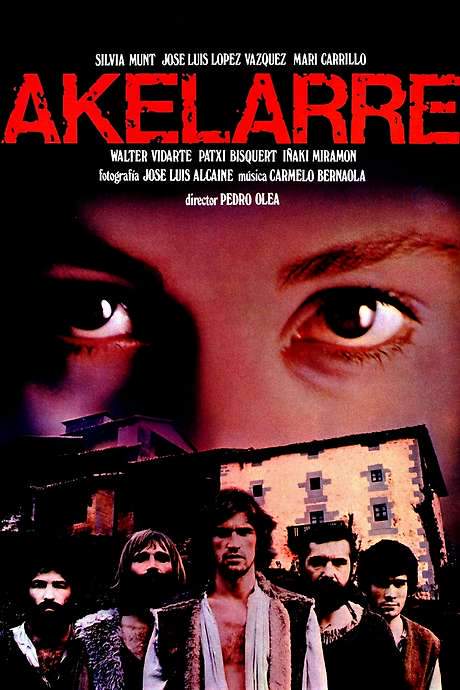


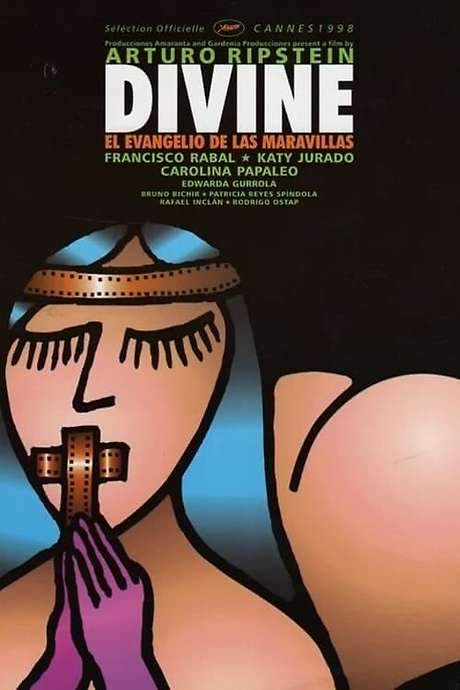

-gv2b_HtyqJrUgw.jpg)
